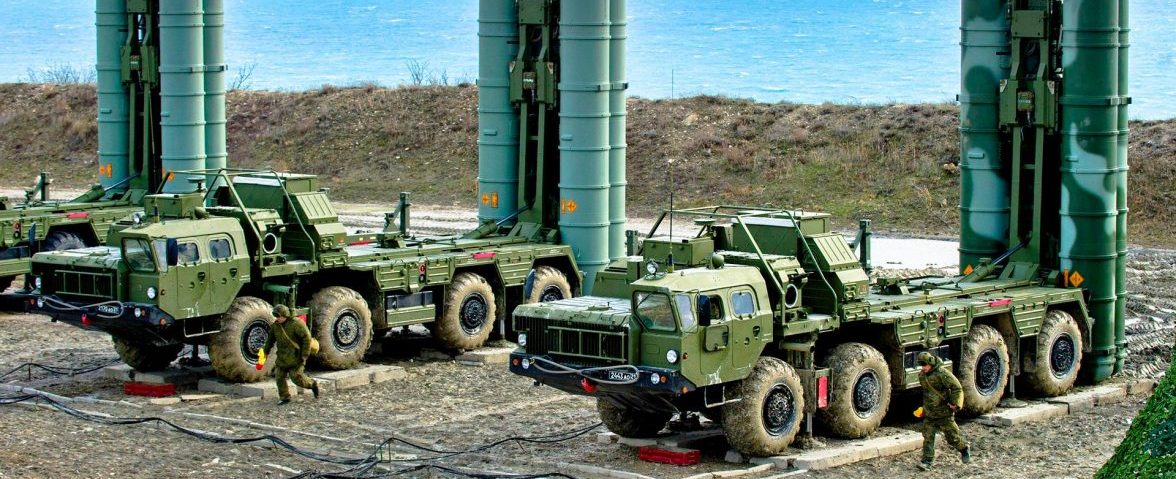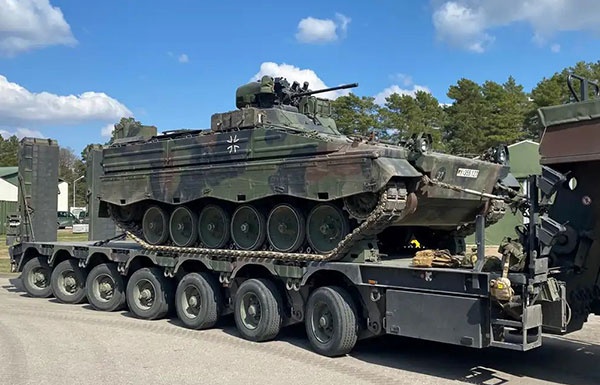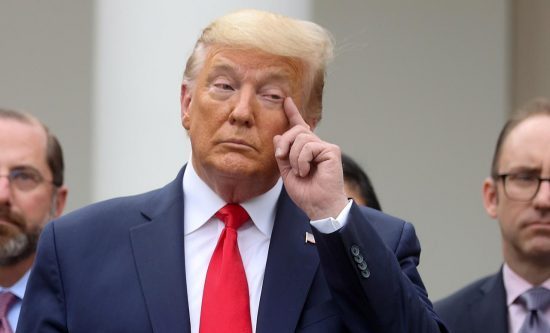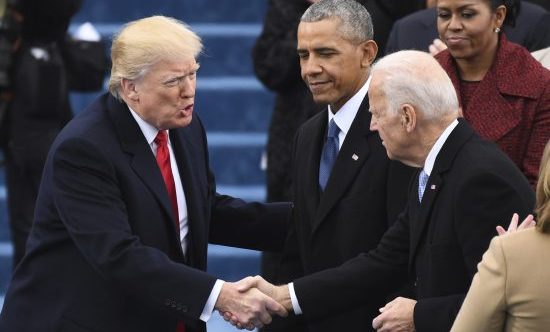Today, the future of war as a phenomenon is as vague as ever. Some analysts compare the current situation to the period before World War I – not relative to the acuteness of a contemporary conflict but rather warfare technology and the lack of expertise in using it. The scale of military confrontation between major powers with equal or comparable technical potential is still unclear.
The United States maintains military leadership in the world. But its leadership is being challenged. Russia has been developing advanced missile systems. China’s intermediate and shorter-range missiles are a cause of anxiety for Washington. China and India are building navies that may soon pose a challenge to the US navy. Any attempt to solve the North Korea nuclear problem by force is fraught with unacceptable risks.
The technological race has revealed several leading forces that are advancing at an approximately equal pace without deep gaps between them. This has been the case since the mid-20th century when the USSR proved capable of closing the technological gap within a short timeframe. But some analysts question the 20th century MAD constant, thus opening the door to speculation on the possibility of a technological breakaway that would enable a disarming first-strike attack.
It is interesting to peruse the military doctrines of the leading countries to see how their views on the possible future of warfare have been evolving. Since 2010, Russia’s military doctrine describes disruption of the information infrastructure and command and control systems as the second most important threat. It is clear that Russian military planners envision a scenario where the adversary would be technologically blinded, stunned and reduced to a 20th century level of technology with just paper maps and no computers.
If we are to believe the theory that the world order is defined by a ratio of potential force, then the world has been polycentric for some time. Even the hawk John Bolton, former President Trump’s national security advisor, once referred to a “multipolar ballistic missile world,” which implies China’s potential.
It cannot be ruled out that the US will be unable to stop as it becomes addicted to revising US-Russian nuclear arms control agreements. The US’ logic of breaking off treaties with Russia in order to contain China could extend to other agreements aside from the INF Treaty. The first in line of precedence is the New Start Treaty of 2010.
It is highly unlikely that the world will see new major multilateral talks on nuclear weapons. Any such talks would expose the US’ edge in conventional weapons, which many would like to reduce. But this is unacceptable for Washington. For this reason, a spontaneous conventional arms race, involving anyone who can afford it, will continue unabated. For Russia, this is not an unusual situation. Relative to the United States, Moscow is an alternative supplier of a number of military technologies of critical importance for achieving a military balance. This makes it a strong player in the global security field even if it does not step up its own military spending. This can be seen in Turkey’s strategic reorientation away from the United States. Ankara has decided to strengthen its security with the Russian S-400 air defense system and is preparing to purchase advanced multirole fighter planes.
Much risk is involved in a technological development that can exert a decisive influence on the potential of future armed conflicts. No one really knows what destructive potential could lurk in cyberspace. Cyber-weapons could hold a more affordable destructive capacity than modern hardware systems. But we can remain cautiously optimistic that reciprocal containment will remain significant in a new technological environment. Still, the role of artificial intelligence in military affairs has yet to be fully realized.
Evidently, the leading military powers do not believe in the likelihood of a doomsday scenario. In early 2019, Russian and US diplomats in Geneva jointly rejected the European proposal to limit the battlefield use of combat robots and artificial intelligence. Russia and the United States seem to be well off the starting blocks technologically and they do not regard the doomsday scenario as a possibility at this point. By all evidence, they do not believe artificial intelligence to be sufficiently advanced.
Historically, the West’s overwhelming edge in military technology has been the source of its global domination. But the problem with any technology is that you cannot monopolize it forever. At the next spiral of technological development, new weapons systems are likely to equalize and reshuffle each participating country’s potential.
Original publication valdaiclub.com












